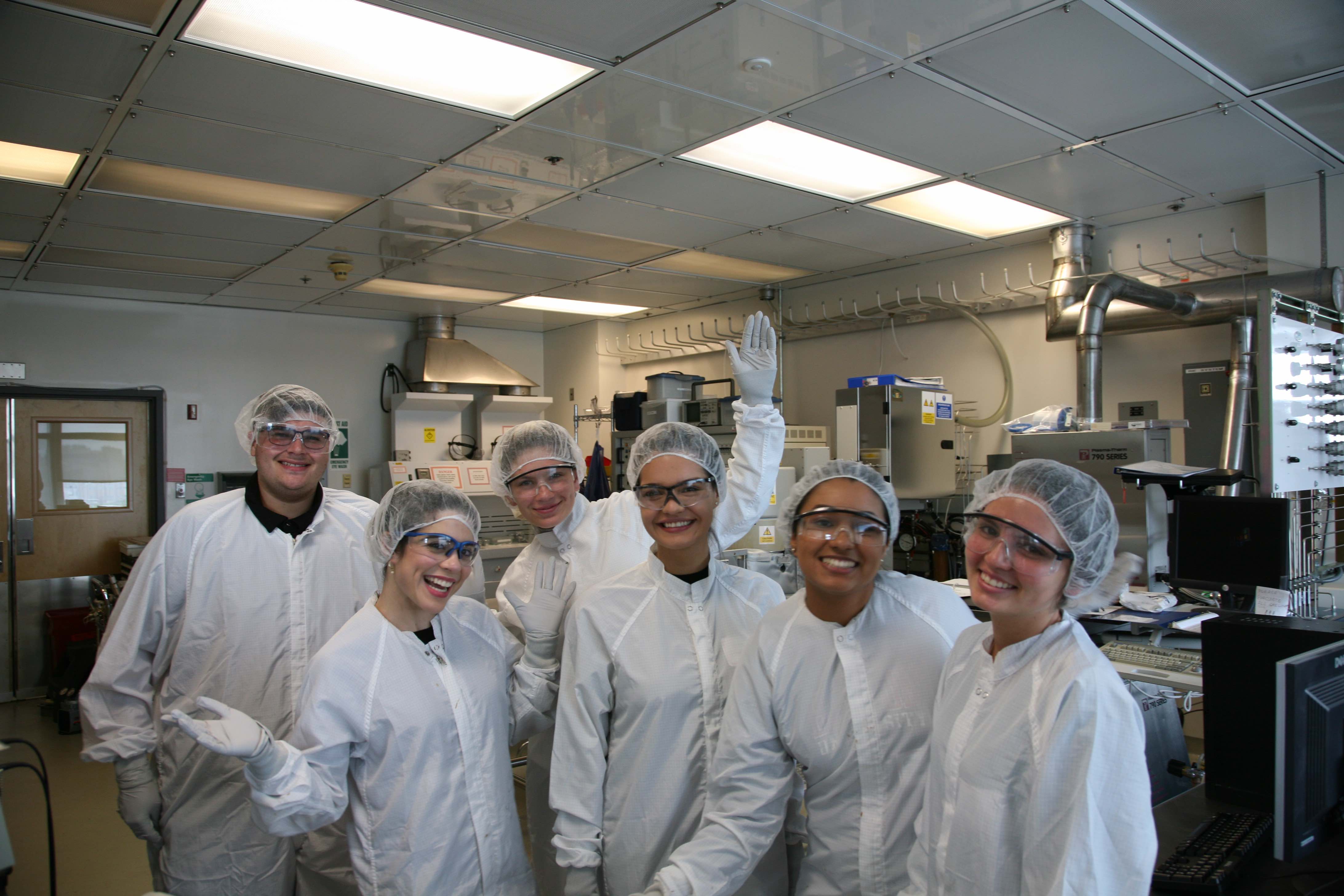Kamil Ekinci
Microhydraulic actuation of PDMS microchannels
ABSTRACT
The demand for Lab on a Chip (LoC) devices has driven microfluidic research and technology. 7 microfluidic chips were created, each with an open channel and an actuator whose distance from the channel is varied from 20-40 µm. COMSOL Multiphysics simulations were implemented in order to see the deflection of the deformable Polydimethylsiloxane (PDMS) due to the hydraulic pressure of an actuator. Results have shown the linearly proportional relationship between the deflection and the membrane length. A non linear relationship was also seen between the deflection and the pressure. In the future, when the chip is constructed, biocompatible 3D structures will be created within the open channel in order for cardiomyocyte bundles to bond to channel and mature quickly. Force sensing can be also integrated in this platform by measuring the deformation on the channel optically or electrically.
CONCLUSION
After the fabrication of the microfluidic chip, initial tests using the ElveFlow microfluidic flow controller were done. Leakage and other errors were present in initial testing… In the future, 3D structures will be printed in the open microfluidic channel. The growth and development of cardiomyocyte bundles will be monitored based on this platform. Further research on the 3D structures and the force sensing of cells can occur.

UNDERGRADUATE STUDENT
Elisa Bravo

GRADUATE STUDENTS
Mustafa Cagatay Karakan and Rachael Jayne